With its narrow-track undercarrige and long nose, the Supermarine Seafire was far from ideal for carrier-based operations, but despite many accidents it served the Royal Navy well in all theatres of war. Between the two world wars, the Royal Navy’s carrier-borne aircraft evolved at a much slower pace than their land-based counterparts. With the outbreak of WW2 the RN found a partial solution by adapting land-based aircraft like the Hawker Hurricane for carrier operations, and in late 1941 it was decided to adapt the Supermarine Spitfire in a similar fashion under the name of Seafire. The main variations were the Seafire Mk IB (166 convertions of the Spitfire VB), Mk IIC (372 convertions intended for low to medium altitude air combat and reconaissance), Mk III hybrid (30 convertions with fixed wings), followed by 1220 examples of the definitive Seafire Mk III with folding wings; and the Seafire Mks XV, XVII, 45, 46 and 47, these with Griffon engines. This is a Supermarine Seafire III. All Mk IIIs could carry two 250 pund bombs under the wings or a single 500 pound bomb under the fuselage. This one is fitted with a drop tank, adding estra onto the already long range.
Specifications
General Characteristics
- Created On iOS
- Wingspan 33.0ft (10.0m)
- Length 29.6ft (9.0m)
- Height 12.1ft (3.7m)
- Empty Weight 6,934lbs (3,145kg)
- Loaded Weight 10,032lbs (4,550kg)
Performance
- Horse Power/Weight Ratio 0.099
- Wing Loading 24.6lbs/ft2 (120.0kg/m2)
- Wing Area 408.1ft2 (37.9m2)
- Drag Points 2420
Parts
- Number of Parts 80
- Control Surfaces 7
- Performance Cost 327

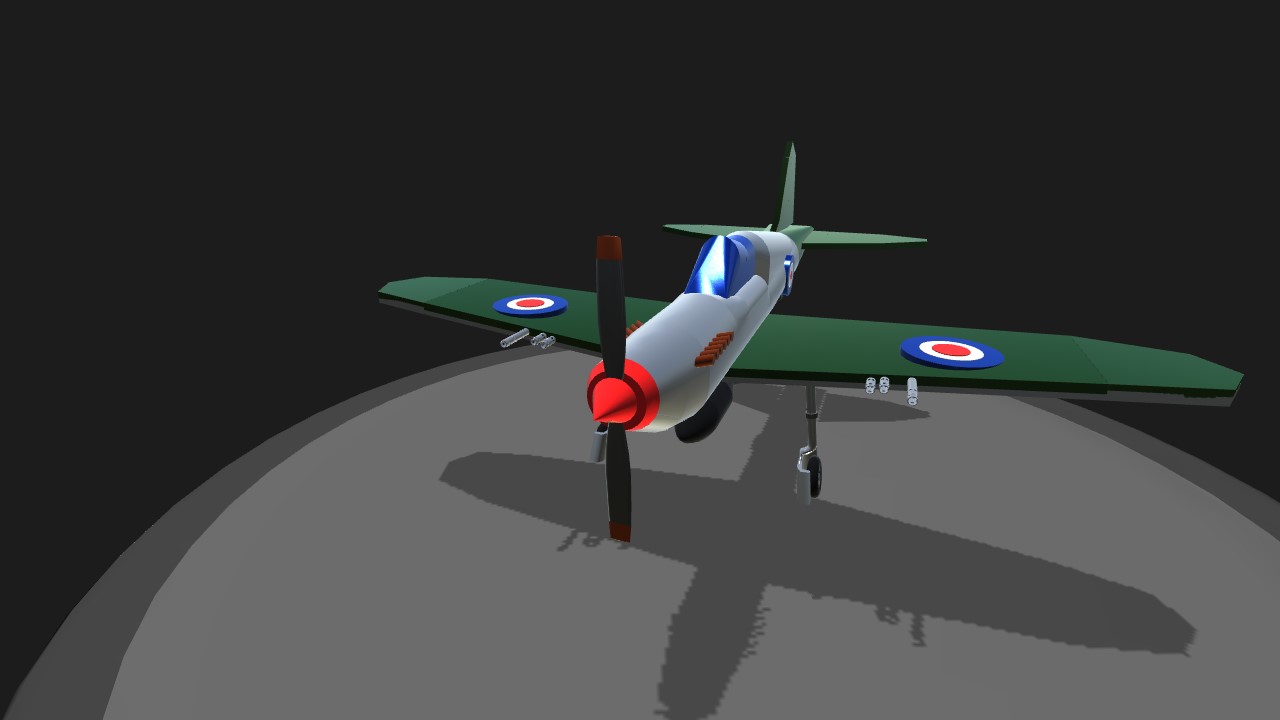
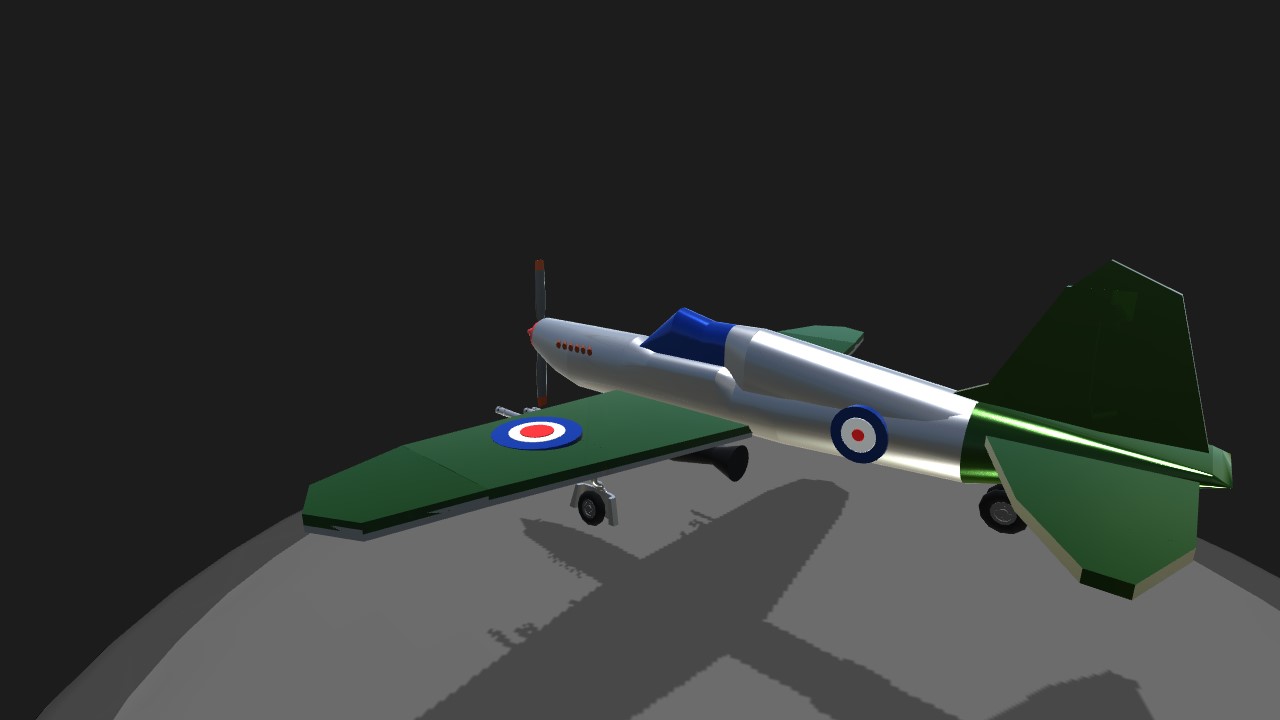
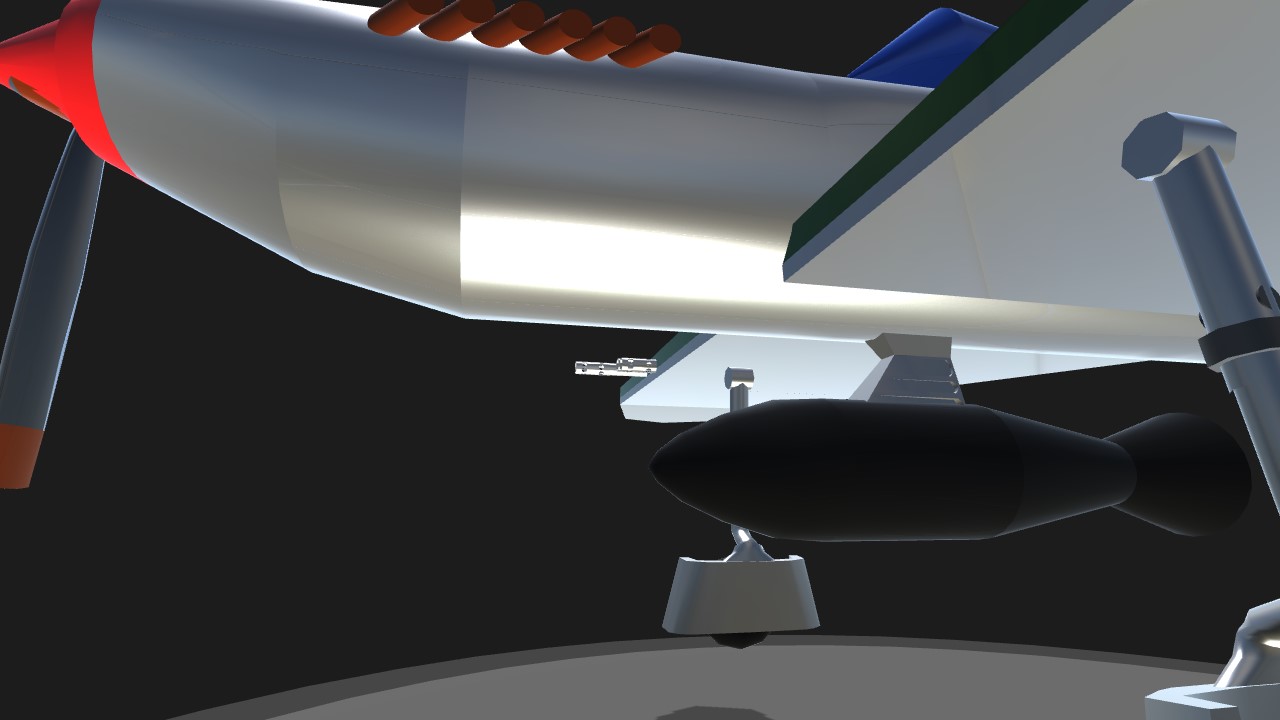
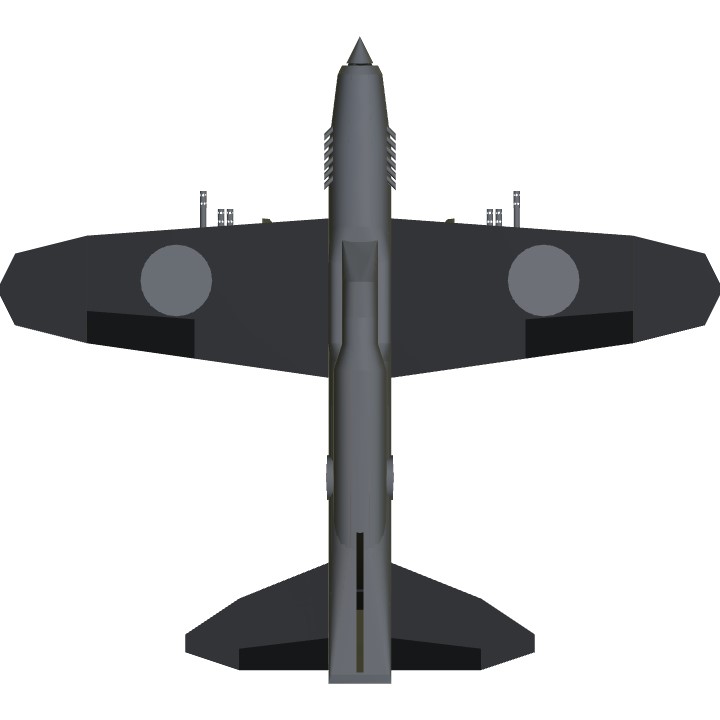
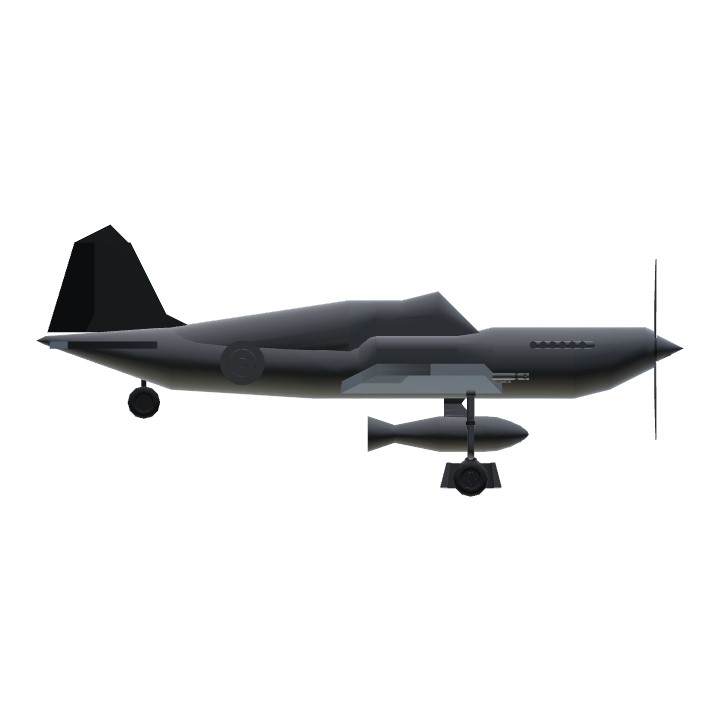
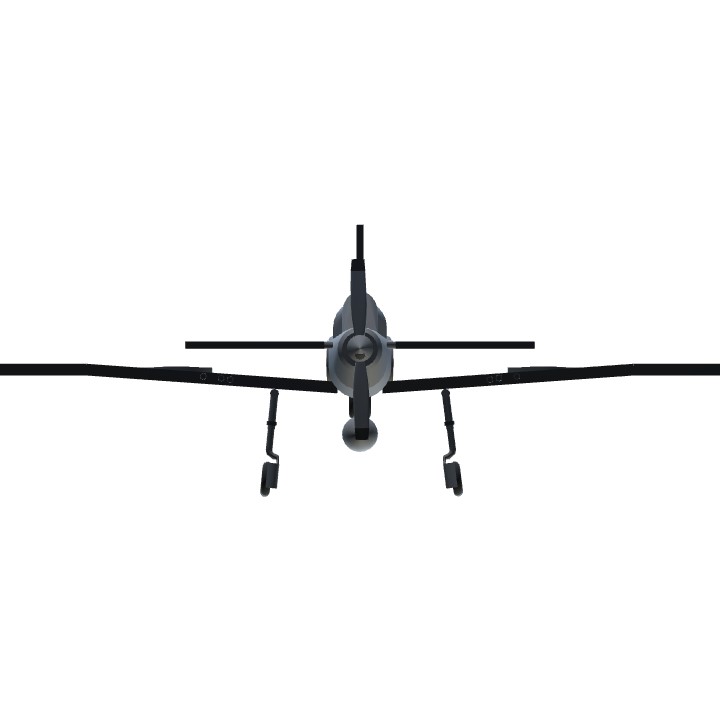
I will try giving it camo
If someone could give it camouflage that would be appreciated.